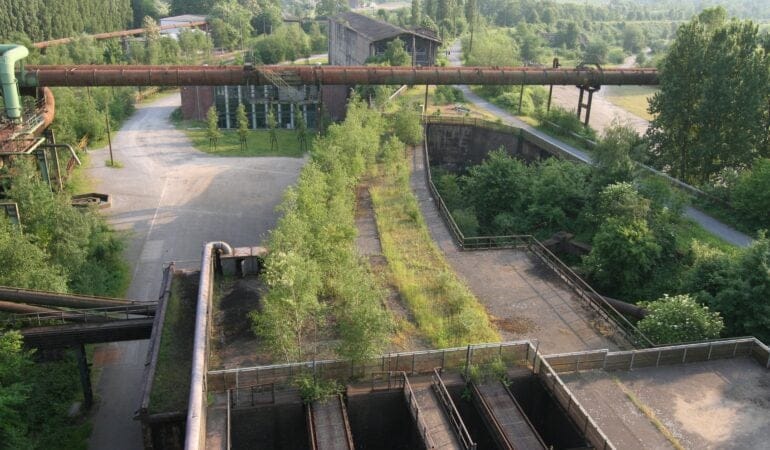Editor’s Note: This article originally appeared on the Columbia University Press blog.
The American botanist Paul Sears called ecology “the subversive science.” Once we start to see the interconnections all around, our view of everything in the world changes. We begin to understand, and cannot avoid seeing, Aldo Leopold’s “wounds of the world,” the many deleterious effects than humanity has had on Planet Earth.
As the coronavirus was just beginning its deadly march across the United States, the 50th anniversary of Earth Day was celebrated here and abroad. Pioneers in environmentalism, like Sears and Leopold and Rachel Carson and Lady Bird Johnson, were honored. Carson, of course, gave us Silent Spring, her remarkable account of other interconnections that proved deadly. Soon after the arrival of the pandemic in the U.S., someone pondered publicly if we were living in “a silent spring.” But living in quarantine, I, like so many others, realized I was seeing, hearing, and smelling nature more intently. The noises of the city had changed but the city was hardly silent. As Toni Morrison observed, “at some point in life, the world’s beauty becomes enough.”
At my first Earth Day, the one 50 years ago, I first encountered the work of Carson and Leopold along with Ian McHarg, who had just published his manifesto Design with Nature. McHarg’s basic premise was that we should use ecology, the subversive science, as the foundation for design and planning. His influence was substantial but incomplete. To recognize the golden anniversary of the manifesto, and not only celebrate but extend his achievement, we published Design with Nature Now.
In editing the book, Richard Weller, Karen M’Closkey, Billy Fleming, and I emphasized the relevance of McHarg’s ideas for today. We invited people who knew him personally to reflect on his legacy and then collected twenty-five 21st-Century projects from around the world that exemplify “design with nature now.” The projects are organized around five themes. “Big Wilds” includes large-scale conservation endeavors, such as the Yellowstone to Yukon Initiative in North America and Africa’s continent-spanning Great Green Wall. “Urban Futures” features bold growth management programs, such as those for Oregon’s Willamette River Valley and the State of Utah. “Rising Tides” surveys adaptation and mitigation projects that take on sea-level changes as a result of global warming, such as proposals for New York City and the North Sea. “Fresh Waters” addresses ensuring safe drinking water for the planet’s growing population, such as plans for the Great Lakes and a wetland park in China. “Toxic Lands” considers how to transform highly polluted sites into useful areas for people and wildlife, with examples from the Ruhr Valley in Germany and London’s Olympic Park in London.
Large-scale landscape protection, metropolitan regional planning, coastline conservation, water quality management, and restoring polluted lands call on humans to adapt to change and plot better futures, and this work is all the more urgent as we face a warming planet. We humans are a resilient species, so the examples in Design with Nature Now are largely success stories. Perhaps now, more than ever, we need hopeful examples of design and planning.
As is now painfully evident, the coronavirus spreads largely through human contact; it takes advantage of our connectedness, our human ecology. It has laid bare many wounds in the world, as Leopold would say, from vulnerabilities associated with race, age, and poverty to inadequacies in our political leadership (hence the failure to act responsibly despite guidance from science). But design is an optimistic pursuit grounded in the belief we can do better, and ecology offers a framework for understanding natural and cultural systems. We need to be guided in our actions by a deep understanding of these systems. We have learned, and are continuing to learn, a lot from this pandemic. We should reflect on the wisdom we have gained from this experience and put it to productive use.
Frederick Steiner is dean and Paley Professor for the University of Pennsylvania Stuart Weitzman School of Design.
Photograph: Repurposing industrial ruins, Emscher Landscape Park in Ruhr Valley, Germany, features a green corridor and pedestrian pathways and spans 177 square miles and 20 municipalities. The evolving park reflects regional planners’ years of work connecting existing green spaces to reinvigorate a landscape formerly polluted by decades of coal mining and steel manufacturing. This project was featured in Design with Nature Now. Credit: Emscher Landscape Park. Landscape Park Duisburg Nord. Photo © Michael Schwarze-Rodrian, Essen.



